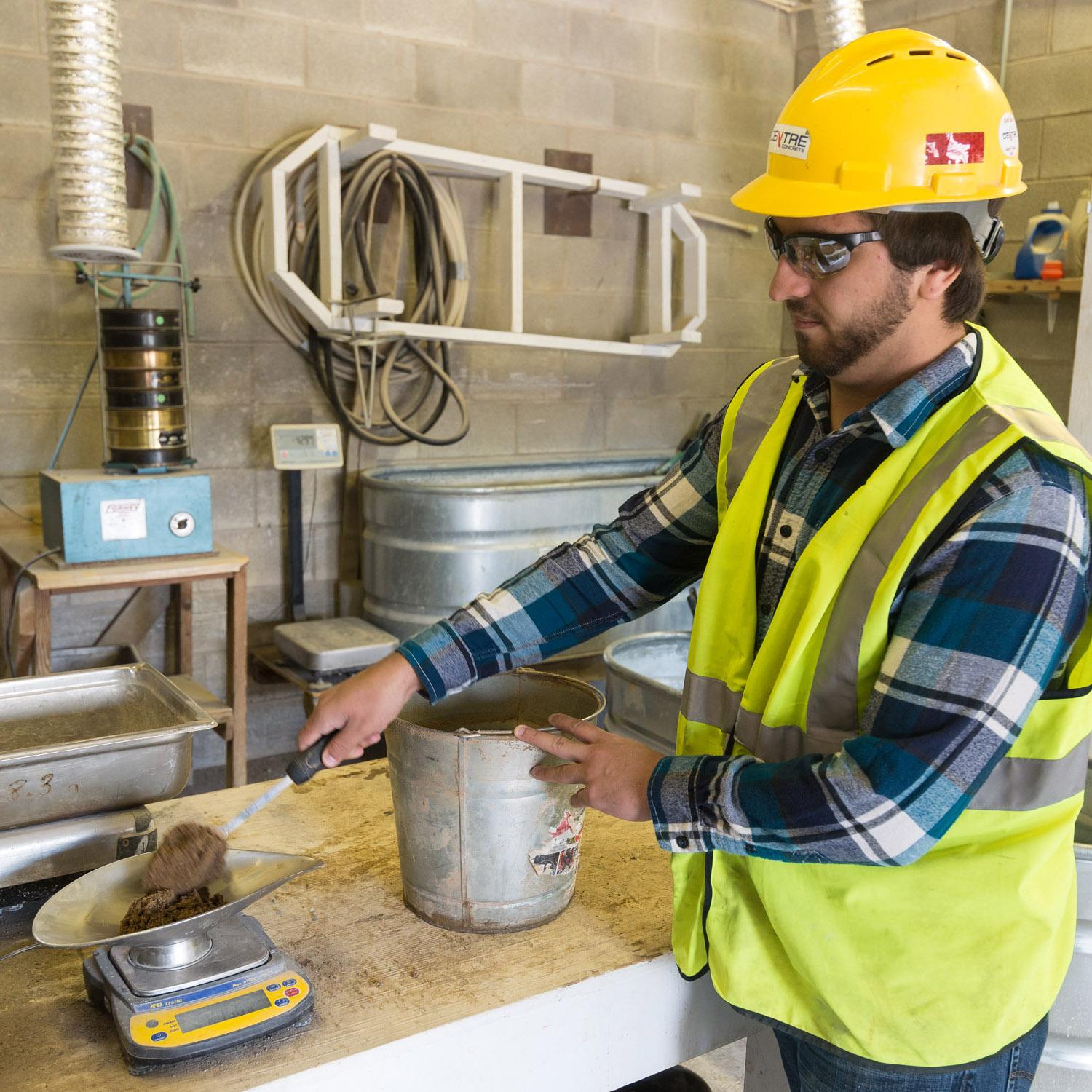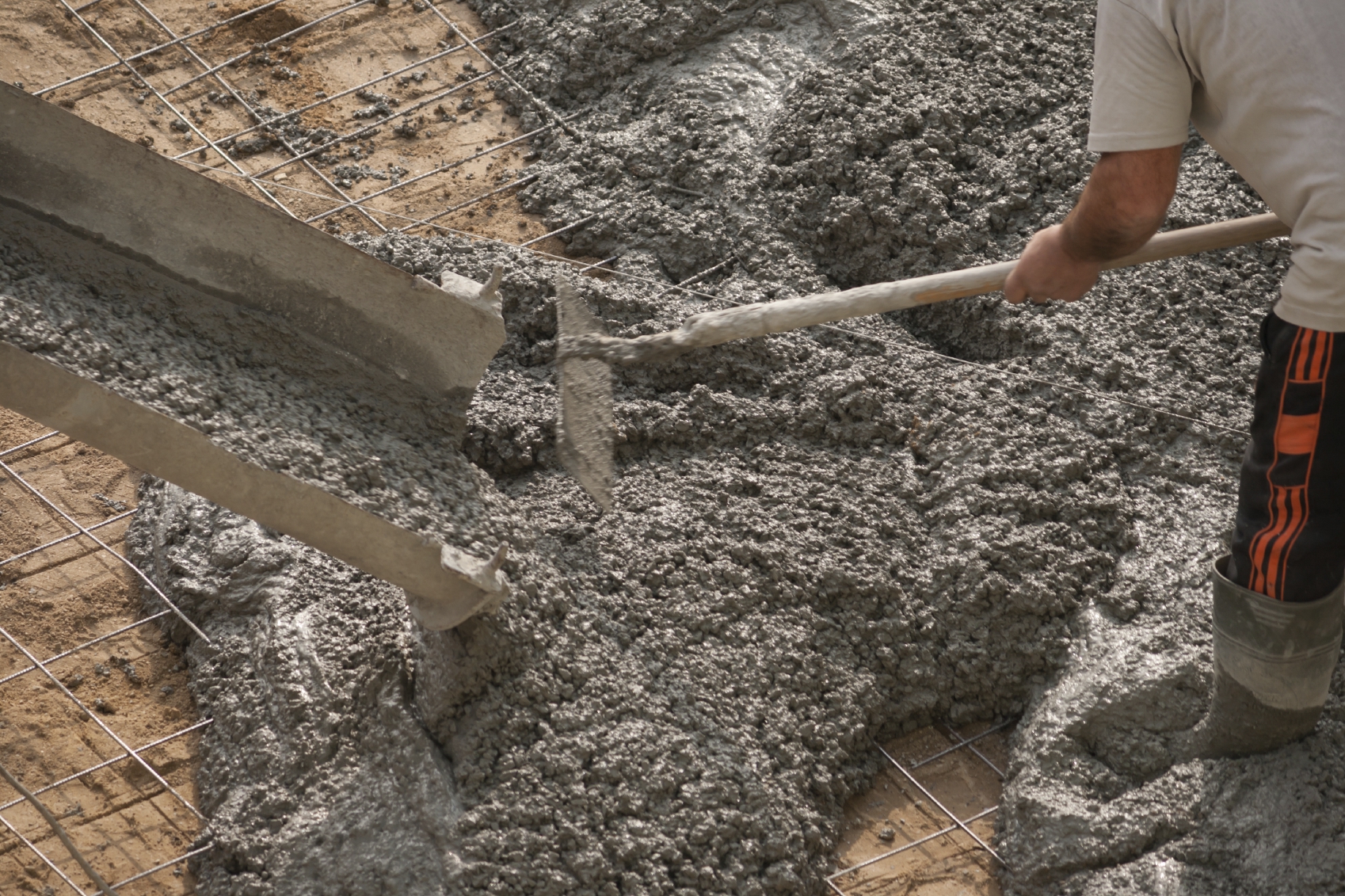West Coast General Engineering industrial concrete Rancho Cucamonga: What to Know Before You Build
The Vital Duty of Concrete Structure in Structural Stability and Durability
When it comes to building a residential or commercial property, the structure is extra important than you could assume. Concrete structures supply unmatched stamina and longevity, guaranteeing your structure can hold up against various ecological challenges. Without a strong base, you risk potential problems like shifting or fracturing, which can compromise safety and value. Comprehending the nuances of concrete structures might be the trick to preserving your investment for years to find. What should you take into consideration next?
Comprehending the Significance of Concrete Foundations
Concrete structures are important to the overall stability of any kind of structure, as they offer the crucial support needed to withstand various lots and ecological conditions. When you think of developing a home or a business space, the foundation is the first point you should consider. It acts as a barrier versus moisture, protecting your building from water damage. A well-placed concrete foundation also stops settling and shifting, which can cause fractures in wall surfaces and floorings. You'll wish to assure that the foundation is appropriately created and reinforced, as this impacts the longevity of your structure. Furthermore, a solid foundation can boost energy efficiency by decreasing air leaks. Bear in mind, ignoring the relevance of a concrete structure can result in pricey repairs down the line. So, investing in a quality foundation upfront is crucial for the stability and longevity of your structure.
Benefits of Concrete Structures for Architectural Honesty
While numerous elements contribute to a building's structural integrity, concrete structures use unmatched resilience and stamina. You'll value that concrete can hold up against severe climate condition, standing up to both moisture and temperature level fluctuations. This resilience means your structure is much less most likely to experience cracking or changing gradually, which can jeopardize its safety.Additionally, concrete's inherent weight supplies a strong base, avoiding activity during natural events like earthquakes or floods. When you choose a concrete foundation, you're likewise choosing reduced upkeep; unlike wood, it won't rot or draw in bugs, conserving you time and money in repairs.Moreover, concrete's fire resistance uses added security, guaranteeing your framework can sustain heats without substantial damage. In general, spending in a concrete foundation suggests you're prioritizing the lasting security and integrity of your structure, making it a sensible selection for any building and construction task.
Common Sorts Of Concrete Foundations
When it pertains to developing foundations, recognizing the common kinds of concrete foundations can aid you make educated selections for your project. The most prevalent kinds include slab-on-grade, crawl space, and complete cellar foundations.A slab-on-grade structure is a basic, cost-effective alternative, where a thick concrete slab is poured straight on the ground. This type works well in cozy environments, as it minimizes warmth loss.Crawl area foundations boost the home slightly above ground, permitting air flow and access to plumbing and electric systems. This design can help prevent wetness issues.Full cellar foundations offer extra living or storage area while offering exceptional structural assistance. They need even more excavation and are typically made use of in cooler environments to prevent frost heave.
Factors to Take Into Consideration When Designing a Concrete Foundation

Ideal Practices for Putting Up Concrete Foundations
When you're installing a concrete foundation, proper website prep work is important to assure security (WCGE commercial concrete). You'll additionally need to comprehend reinforcement methods to improve toughness and resilience. Lastly, don't ignore the healing procedure, as it plays a basic duty in achieving a solid foundation
Website Preparation Value
Although it may seem uncomplicated, correct site preparation is essential for ensuring a strong and sturdy concrete structure. Begin by clearing the location of any particles, greenery, or natural material that can endanger the structure's integrity. Next, examine the soil kind and compaction; you might need to excavate or include products to produce a stable base. Degree the ground to ensure even weight distribution and stay clear of working out problems in the future. Setting up appropriate drain systems is additionally important to avoid water accumulation, which can damage the foundation with time. Finally, define the foundation's measurements properly to direct the putting process. By adhering to these steps, you'll set the phase for a successful concrete foundation that stands the examination of time.
Reinforcement Methods Clarified
Once the website is properly prepared, the next action in assuring a sturdy concrete foundation entails implementing efficient support strategies. You ought to start by making use of steel rebar, which provides tensile stamina and assists protect against cracking. Lay the rebar in a grid pattern, seeing to it it rises making use of spacers to maintain proper protection. In addition, take into consideration utilizing wire mesh for added support, specifically in areas subject to hefty tons. Don't fail to remember to link the rebar junctions securely with wire. For larger foundations, fiber reinforcement can improve toughness, lowering the threat of shrinkage cracks. Always follow local building codes and guidelines to guarantee compliance. By applying these reinforcement techniques, you'll considerably improve your structure's stamina and durability, laying a solid groundwork for your structure.
Curing Process Essentials
To guarantee your concrete structure treatments effectively, it is essential to keep ample dampness and temperature level problems promptly after pouring. Begin by covering the surface with a damp cloth or plastic bed linen to maintain wetness. This keeps the concrete hydrated, protecting against splits and making sure stamina. You ought to also monitor the temperature level; excellent treating conditions are in between 50 ° F and 90 ° F. More Help If it's too hot, mist the surface area on a regular basis to avoid rapid dissipation. For cool weather condition, consider making use of shielding blankets to maintain heat. Go for a curing duration of a minimum you could try these out of 7 days, as this is crucial for ideal strength advancement. By following these ideal methods, you'll enhance your structure's sturdiness and longevity, making certain structural integrity for many years to come.
Upkeep of Concrete Foundations for Long Life
To keep your concrete structure strong and long-term, routine inspections are necessary. You ought to additionally ensure efficient drain remedies are in place to stop water damage. If you detect any kind of fractures, addressing them without delay will conserve you from larger issues down the line.

Routine Inspections and Analyses
While regular evaluations and evaluations might feel like a chore, they're necessary for maintaining the stability of your concrete structure. By consistently looking for splits, changes, or indicators of wear, you can catch possible concerns prior to they intensify right into expensive repair services. Try to find any type of water merging around the foundation or uncommon settling, as these can indicate underlying issues. It's likewise wise to keep track of any changes in your home's framework, like doors that stick or home windows that do not open efficiently. Keeping a record of your inspections helps track adjustments with time, enabling for positive maintenance. Inevitably, these analyses ensure your foundation remains stable, sustaining the durability and security of your entire framework. Do not overlook this critical facet of homeownership!
Efficient Drain Solutions
Regular examinations can expose problems like drainage troubles that may compromise your concrete structure's stability. To prevent water build-up, guarantee your seamless gutters and downspouts straight water away from the structure. Installing French drains can effectively reroute surface and groundwater, reducing stress on your foundation wall surfaces. Furthermore, rating the dirt around your home helps assure that water flows away, instead than pooling near your foundation.Consider using sump pumps in locations prone to flooding, as they proactively remove excess water. Consistently look for clogs in drain systems and clear them promptly. You'll shield your foundation's honesty and longevity by taking these aggressive steps. Bear in mind, effective water drainage services are crucial for maintaining a solid, durable concrete structure.
Motivate Fracture Services
When you discover splits in your concrete foundation, addressing them without delay is important for keeping its longevity. Little splits can swiftly develop right into bigger concerns, compromising the architectural honesty of your home. Frequently inspect your structure for signs of damage, such as straight or upright fractures. If you spot any type of, don't wait-- fix them instantly. You can utilize epoxy shots or concrete patching compounds, which work for securing splits. Constantly follow the producer's directions and take into consideration consulting an expert for considerable damages. Bear in mind, prompt repairs not only enhance your foundation's toughness yet additionally conserve you money in the future by avoiding much more substantial repair services down the line. Keep positive, and your foundation will continue to be strong and secure.
Addressing Common Issues With Concrete Foundations
Concrete structures can deal with different problems gradually, making it important to determine and address them immediately. One of one of the most usual problems is breaking, which can occur as a result of temperature variations or settling soil. If you observe cracks, it's vital to assess their size and depth; little splits can often be secured, while larger ones may need specialist evaluation.Water intrusion is one more significant concern. Excess wetness can cause mold growth and architectural damage. Guarantee appropriate drain around your structure to alleviate this threat. Additionally, seek signs of changing or bowing wall surfaces, as this can show underlying problems with your foundation's stability.Regular inspections are basic to capture these problems early. If you detect any type of concerning indicators, don't be reluctant to consult a structure professional. By remaining positive, you can maintain the honesty and durability of your concrete structure, ensuring your home remains risk-free and secure.
Regularly Asked Concerns
Just How Does Soil Kind Impact Concrete Structure Performance?
Dirt type substantially impacts concrete structure performance. If you have actually got large clay, as an example, it can create moving and fracturing. Sandy soil could result in resolving. Understanding your dirt helps ensure a secure foundation.
Can Concrete Foundations Be Fixed if Damaged?
Yes, you can fix damaged concrete structures. Depending on the extent of the damages, techniques like epoxy shot or slab jacking can recover stability. It's finest to get in touch with a specialist for effective remedies.
What Is the Common Life-span of a Concrete Structure?
A concrete structure usually lasts 30 to 100 years, depending on aspects like dirt conditions, climate, and upkeep. You'll wish to maintain an eye on it to guarantee it stays healthy throughout its life-span.
Are There Option Materials to Concrete for Foundations?
Yes, there are choices to concrete for foundations, like steel, lumber, or perhaps recycled materials. Each option has special advantages and disadvantages, so you need to consider your project's details needs when choosing the ideal product.
How Does Climate Influence Concrete Structure Longevity?
Environment greatly affects concrete foundation resilience (Concrete bedrock concrete Contractors Rancho Cucamonga). Extreme temperatures, moisture, and freeze-thaw cycles can weaken the material, resulting in fractures and architectural issues. You must take into consideration neighborhood environment conditions when planning your structure to assure lasting efficiency